Why is it that every time the Democrats suffer a defeat, the media rushes to their aid, giving us the “it’s merely a flesh wound!” prognosis, and telling us here’s how the GOP is actually going to have its clocked cleaned any minute now. Any minute.
So it is with this well-written, well-researched, and wrong piece from Politico Magazine, titled: “The GOP’s Suburban Nightmare.”
Giving credit where it’s due, this writer does his homework in attempting to craft a convincing argument that Trump’s poor(er than Reagan) showing in suburban America is a sign of the impending doom of the GOP — even as early as the 2018 midterms.
It’s a good piece from the perspective of: it’s readable, engaging, has lots of interesting information, etc. It’s a fun read. It’s just wrong.
And here’s how I know.
It uses Atlanta and the Ossoff/Handel race as its jumping off point, making the fast argument that Trump only barely beat Hillary Clinton in the suburbs during the 2016 election. 49% to her 45%, the article says. Then it says this:
Karen Handel’s Georgia special-election victory Tuesday enabled the GOP to kick the can down the road, but not for long. The same Atlanta suburbs that once produced Republicans like Newt Gingrich voted for Clinton in November. They followed up a few months later by nearly sending a 30-year-old, first-time Democratic candidate to Congress. Republicans may be gloating now, but it’s an ominous sign for the 2018 midterm elections, when control of the House is likely to hinge on roughly two or three dozen suburban districts currently held by the GOP.
“Nearly.” I’m from Atlanta and we have a saying in the South: almost only counts in horseshoes and hand grenades.
But this writer is convinced that almost winning is somehow indicative of the Democrats finally making some headway into the hearts and minds of American voters.
Did you forget about the last 8 years where Democrats had the podium from which to command the attention of the nation and convince them? I mean if you can’t do it in 8 years, maybe your ideas aren’t that good.
And that’s pretty much where this ends. When the GOP lost with Romney in 2012 we went to WAR with each other (one that is still ongoing) and that led to the handwringing and gradual acceptance of Donald Trump as the head of the party. We reflected on what we were doing, we compromised, we debated, we cried, and we carried on.
And we won.
Why is it that when Democrats lose, they can’t seem to find the strength and humility to reflect on their own platforms and figure out what works and what should be shelved (ahem, a weird love of socialism) in order to win again? It’s always something else’s fault. Which actually factors into that whole victim fetish they have.
https://twitter.com/OldRowMAGA/status/877998646574305281
And if you need proof that this is what they do, these two paragraphs from the Politico piece sum it up nicely:
The American Communities Project, which has developed a typology of counties, calls these kinds of wealthier and more diverse places “urban suburbs.” According to the ACP designation, there are 106 counties—with a combined population of 66.5 million—that include the near-in suburbs of most major cities and display many big-city characteristics. In 2016, Trump lost 89 of them. That’s a dramatic departure from Ronald Reagan’s 1984 performance in those places—he won 92 of those 106, including white-collar Oakland County outside Detroit; Long Island’s Nassau County; Chicagoland’s DuPage County; and Riverside and San Bernardino counties in southern California. All of them are bigger than most major cities.
What happened in between Reagan and Trump? These suburbs gradually came into political alignment with their neighboring cities, moving the longtime antagonists toward something like a metropolitan alliance. At roughly the same time, the GOP largely gave up on competing among minorities and in the most densely populated areas.
Except everything about those two paragraphs is completely and utterly wrong. I’m from the district in question in Atlanta and I can tell you that the district is not homogenous — the north part (the traditional suburb or “outside 285” as we say in Atlanta) of the district is very, very red, the south part (closer to downtown Atlanta or “inside 285”) is very, very blue.
Kinda blows apart the notion that the suburbs are coming into alignment with their urban neighbors.
I guess what I’m saying is, if you’re going to shill for a party and an ideology, media outlets, make sure your prima facie argument is correct.
And anyway, you might want to check with other thought leaders on the subject like Amy Walter at The Cook Political Report, who said the following:
Republicans see Pelosi as the gift that keeps on giving. Universally known and deeply disliked and distrusted among GOP voters, she’s an easy and reliable foil. Said one long-time House GOP strategist to me in the wake of the Republican victory in Georgia: “I’d put Pelosi up anytime against any issue because it is so hardened in voters’ minds what [she] stands for—what she means for America—and it is totally out of sync with suburban, economic-driven voters.”
Doesn’t sound like she thinks the current Progressivism so favored by modern Democrats is very popular in suburbia at all.

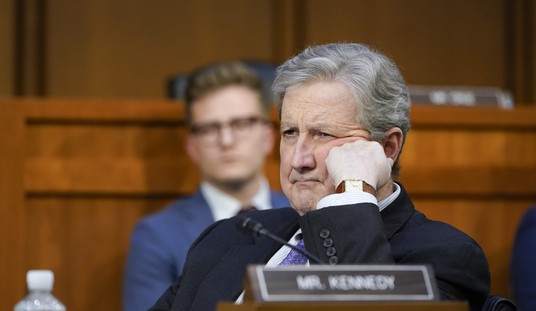
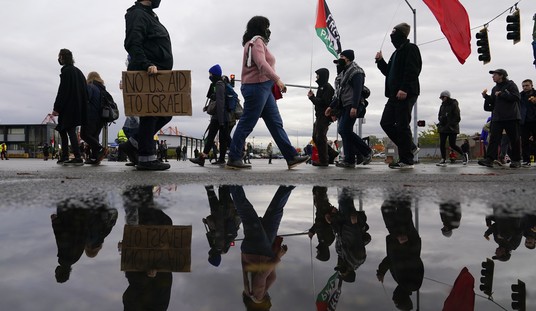

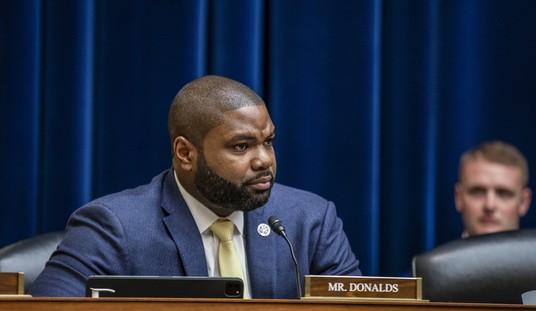



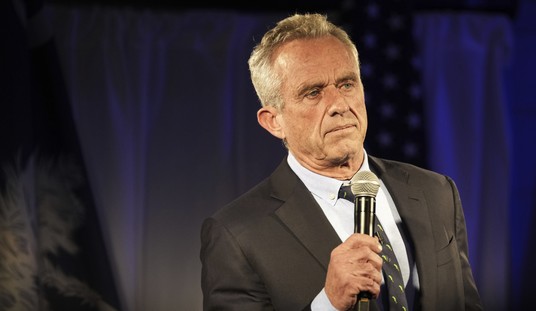

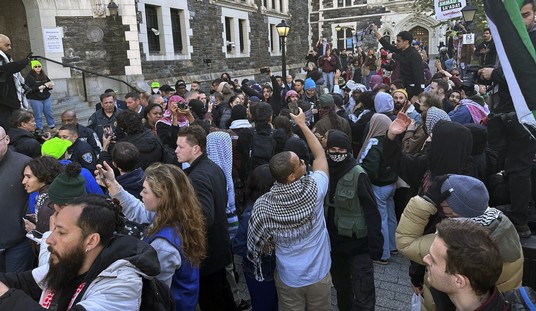
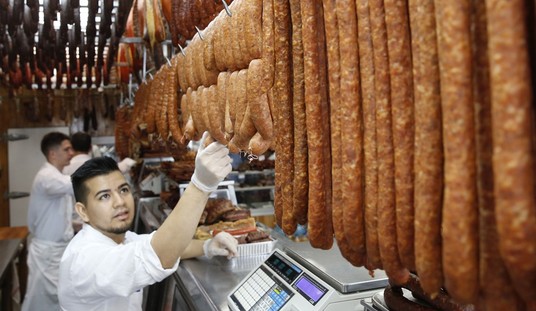

Join the conversation as a VIP Member